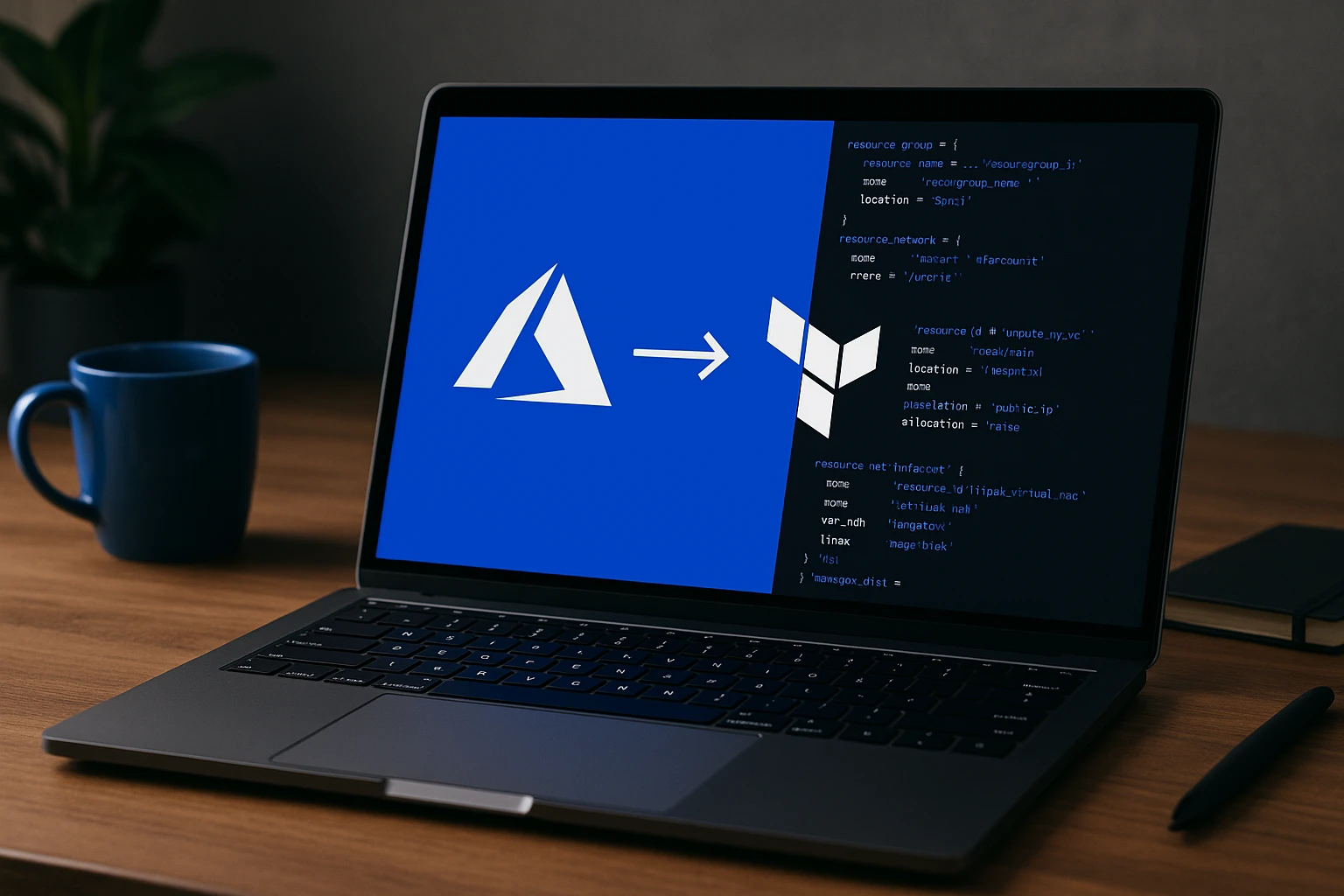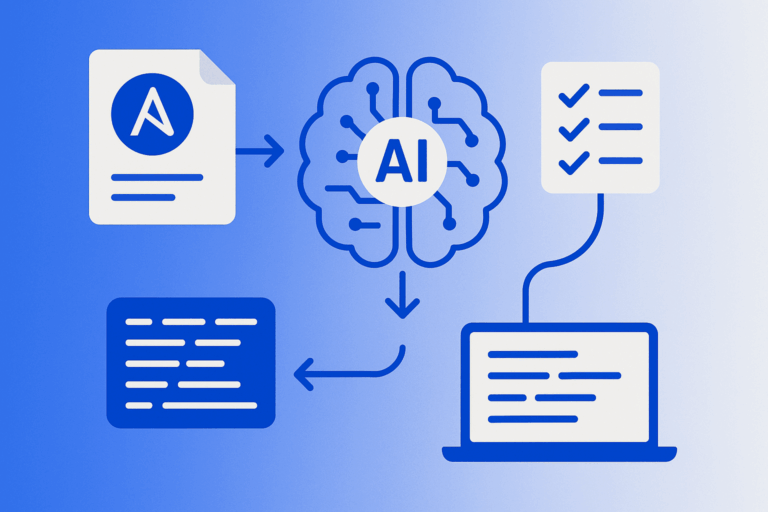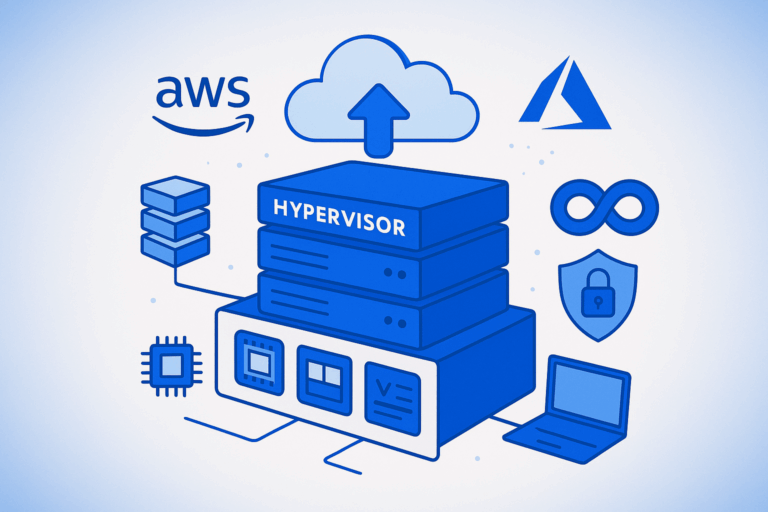Azure Terraform Export Resources

Master Infrastructure Import with Aztfexport 🚀
Azure Terraform Export revolutionizes how DevOps engineers manage existing cloud resources. The aztfexport tool transforms manual infrastructure into automated Terraform configurations seamlessly.
Many organizations face the challenge of migrating existing Azure Cloud resources to Infrastructure as Code. This comprehensive guide shows you exactly how to accomplish this transformation efficiently.
What is Azure Terraform Export? 🤔
Azure Terraform Export refers to extracting existing cloud infrastructure into Terraform code. The process converts manually created resources into manageable configuration files.
Aztfexport is Microsoft’s official tool for this exact purpose. It scans your Azure Cloud environment and generates corresponding Terraform configurations automatically.

Why Use Aztfexport?
Traditional infrastructure migration requires weeks of manual work. DevOps engineers spend countless hours writing configuration files from scratch.
Aztfexport eliminates this tedious process completely. The tool provides several key advantages:
- Time savings – Reduces migration time from weeks to hours
- Error reduction – Minimizes human mistakes in configuration translation
- Consistency – Maintains uniform code structure across your infrastructure
- Documentation – Creates comprehensive resource inventories automatically
Installation and Setup Process 🔧
Getting started with aztfexport requires specific prerequisites on your system. Let’s walk through the installation step by step.
Prerequisites
Before installing aztfexport, ensure you have these components:
- Azure CLI (version 2.0 or higher)
- Terraform (version 1.0 or higher)
- Go programming language (version 1.19 or higher)
- Appropriate Azure subscription permissions
Installation Steps
Windows Installation:
# Download from GitHub releases
wget https://github.com/Azure/aztfexport/releases/latest
# Extract to your PATH directory
# Verify installation
aztfexport --versionmacOS Installation:
# Using Homebrew
brew install aztfexport
# Verify installation
aztfexport --versionLinux Installation:
# Download the debian package
wget https://github.com/Azure/aztfexport/releases/latest/aztfexport_linux_amd64.deb
# Install the package
sudo dpkg -i aztfexport_linux_amd64.debCore Features and Functionality 🎯
Aztfexport operates through four distinct export modes. Each mode serves different infrastructure migration scenarios effectively.
| Export Mode | Description | Best Use Case |
|---|---|---|
| Resource | Single resource export | Testing or specific migrations |
| Resource Group | Complete resource group | Organized infrastructure migration |
| Query | Azure Resource Graph queries | Complex filtering requirements |
| Mapping File | Predefined resource mapping | Bulk operations with precise control |
Resource Mode
Resource mode targets individual Azure Cloud resources precisely. This approach works perfectly for testing or selective migrations.
Example command structure:
aztfexport resource \
--output-dir ./terraform-configs \
/subscriptions/your-sub-id/resourceGroups/rg-name/providers/Microsoft.Storage/storageAccounts/storage-nameResource Group Mode
Resource group mode handles entire resource groups efficiently. DevOps engineers prefer this method for comprehensive migrations.
aztfexport resource-group \
--output-dir ./terraform-configs \
my-production-rg
Real-World Implementation Examples 💡
Let’s explore practical scenarios where aztfexport delivers exceptional value for infrastructure management.
Example 1: E-commerce Platform Migration
A retail company needed to migrate their manually created Azure Cloud infrastructure. Their setup included:
- 15 virtual machines across 3 resource groups
- 5 storage accounts with various configurations
- 3 load balancers with complex routing rules
- Multiple network security groups and subnets
Challenge: Manual migration would require 3-4 weeks of DevOps engineer time.
Solution: Using aztfexport reduced the migration to 2 days:
# Export each resource group
aztfexport resource-group --output-dir ./ecommerce-prod production-rg
aztfexport resource-group --output-dir ./ecommerce-staging staging-rg
aztfexport resource-group --output-dir ./ecommerce-dev development-rgExample 2: Financial Services Compliance
A financial institution required Infrastructure as Code for compliance auditing. Their existing infrastructure lacked Terraform management entirely.
Requirements:
- Complete resource documentation
- Consistent naming conventions
- Audit trail for all changes
- Rollback capabilities
Implementation:
# Export with custom naming
aztfexport query \
--output-dir ./compliance-configs \
"Resources | where resourceGroup contains 'finance'"Common Challenges and Solutions ⚠️
Aztfexport faces several limitations that DevOps engineers should understand beforehand. Recognizing these constraints helps set realistic migration expectations.
Authentication Issues
Problem: Insufficient permissions cause export failures frequently.
Solution: Verify your Azure account has these minimum permissions:
- Reader access to target subscriptions
- Resource-specific read permissions
- Azure Resource Graph access rights
Unsupported Resource Types
Problem: Some Azure Cloud resources lack complete Terraform provider support.
Solution:
- Check Terraform Azure provider documentation
- Plan manual migration for unsupported resources
- Consider alternative resource configurations
Complex Dependencies
Problem: Resource relationships don’t translate automatically.
Solution:
- Review generated configurations carefully
- Add missing dependency declarations
- Test configurations in isolated environments
Why choose Devolity
Unmatched Expertise in
Cloud and Cybersecurity
Devolity team of certified professionals brings decades of combined experience in managing complex cloud environments and defending against evolving cyber threats.
01
End-to-End Solutions for Every Business Need
DevOps with Cybersecurity Services: Hybrid/multi-cloud management, cost optimization, and DevOps integration with Risk assessments.
02
Customized Strategies, Not One-Size-Fits-All
We understand every business is unique. Devolity prioritizes collaboration, crafting bespoke solutions aligned with your industry, goals, and risk profile.
03
Proactive Protection with 24/7 Vigilance
Cyber threats never sleep—and neither do we. Devolity Security Operations Center (SOC) offers round-the-clock monitoring, rapid incident response.
Best Practices for Success 📋
Following proven practices ensures smooth Azure Terraform Export experiences for your team.
Pre-Migration Planning
Resource Inventory:
- Document existing infrastructure thoroughly
- Identify critical dependencies
- Plan migration order strategically
- Prepare rollback procedures
Testing Strategy:
- Start with non-production environments
- Test configurations in isolated subscriptions
- Validate resource functionality post-migration
- Document lessons learned
Code Organization
Directory Structure:
terraform-configs/
├── environments/
│ ├── production/
│ ├── staging/
│ └── development/
├── modules/
│ ├── networking/
│ ├── compute/
│ └── storage/
└── shared/
├── variables.tf
└── providers.tfNaming Conventions:
- Use consistent resource naming patterns
- Include environment indicators in names
- Follow company naming standards
- Document naming decisions
Version Control Integration
Git Workflow:
- Create dedicated migration branches
- Commit generated configurations immediately
- Use descriptive commit messages
- Tag successful migration milestones
# Example git workflow
git checkout -b feature/azure-terraform-migration
aztfexport resource-group --output-dir ./terraform production-rg
git add .
git commit -m "feat: export production resource group via aztfexport"
git push origin feature/azure-terraform-migrationAdvanced Configuration Options 🛠️
Aztfexport supports extensive customization for complex migration scenarios.
Mapping Files
Mapping files provide precise control over resource selection and naming:
{
"resource_type": "azurerm_storage_account",
"resource_name": "production_storage",
"azure_resource_id": "/subscriptions/.../storageAccounts/prodstorage"
}Custom Naming Schemes
Configure consistent naming across your infrastructure:
aztfexport resource-group \
--output-dir ./configs \
--name-pattern "{resource_type}_{environment}_{sequence}" \
production-rgCI/CD Pipeline Integration 🔄
Modern DevOps practices require automation throughout infrastructure lifecycles. Aztfexport integrates seamlessly with continuous integration pipelines.
GitHub Actions Example
name: Infrastructure Export
on:
schedule:
- cron: '0 6 * * 1' # Weekly on Monday
jobs:
export-infrastructure:
runs-on: ubuntu-latest
steps:
- uses: actions/checkout@v3
- name: Install aztfexport
run: |
wget https://github.com/Azure/aztfexport/releases/latest/download/aztfexport_linux_amd64.tar.gz
tar -xzf aztfexport_linux_amd64.tar.gz
- name: Export resources
run: aztfexport resource-group --output-dir ./exports production-rgAzure DevOps Pipeline
trigger: none
schedules:
- cron: "0 6 * * 1"
displayName: Weekly infrastructure export
branches:
include:
- main
steps:
- task: AzureCLI@2
displayName: 'Export Infrastructure'
inputs:
azureSubscription: 'production-subscription'
scriptType: 'bash'
scriptLocation: 'inlineScript'
inlineScript: |
aztfexport resource-group --output-dir $(Build.ArtifactStagingDirectory) production-rgMonitoring and Maintenance 📈
Successful infrastructure management requires ongoing monitoring and maintenance strategies.
Configuration Drift Detection
Automated Monitoring:
- Schedule regular exports to detect changes
- Compare configurations against previous versions
- Alert on unexpected resource modifications
- Generate compliance reports automatically
Maintenance Workflows
Weekly Tasks:
- Review exported configurations for changes
- Update Terraform code with new resources
- Validate configuration syntax and formatting
- Test configurations in staging environments
Monthly Tasks:
- Audit resource compliance with naming standards
- Review and update mapping files
- Optimize resource configurations for cost
- Update documentation and runbooks
How Devolity Business Solutions Optimizes Your Cloud Journey 🌟
Devolity Business Solutions specializes in Azure Cloud optimization and Terraform implementation services. Our experienced DevOps engineers help organizations streamline their cloud infrastructure management effectively.
We provide comprehensive migration services using advanced tools like aztfexport. Our team understands infrastructure transformation complexities and creates efficient, scalable solutions tailored to your business needs.
Our expertise includes Infrastructure as Code implementation, cost optimization, security best practices, and compliance management. Partner with Devolity to maximize your cloud investment potential and accelerate your digital transformation journey.
Troubleshooting Common Issues 🔍
Export Failures
Symptoms: Aztfexport stops unexpectedly or produces incomplete configurations.
Solutions:
- Verify Azure CLI authentication status
- Check subscription permissions thoroughly
- Review error logs for specific issues
- Try exporting smaller resource groups
Configuration Errors
Symptoms: Generated Terraform code fails validation or planning.
Solutions:
- Update Terraform Azure provider to latest version
- Review resource dependencies manually
- Check for deprecated resource configurations
- Validate syntax using terraform fmt and terraform validate
Performance Issues
Symptoms: Export process takes extremely long or times out.
Solutions:
- Export smaller resource groups in batches
- Use query mode with specific filters
- Increase timeout values in configuration
- Run exports during off-peak hours
Future of Azure Terraform Export 🔮
The Azure Terraform Export ecosystem continues evolving rapidly. Microsoft actively develops aztfexport with regular feature additions and improvements.
Upcoming Features:
- Enhanced support for new Azure resource types
- Improved dependency detection algorithms
- Better integration with Azure Resource Manager templates
- Advanced filtering and customization options
Industry Trends:
- Increased adoption of Infrastructure as Code practices
- Growing demand for cloud migration automation
- Enhanced security and compliance requirements
- Integration with DevSecOps workflows
Conclusion 🎯
Azure Terraform Export with aztfexport represents a game-changing approach to infrastructure migration. DevOps engineers can transform weeks of manual work into hours of automated processing.
The tool bridges the gap between legacy manual processes and modern Infrastructure as Code practices. Organizations investing in these technologies gain significant competitive advantages in cloud management.
Start your infrastructure transformation journey today with proper planning, testing, and gradual implementation. The benefits of automated infrastructure management far outweigh the initial migration investment.
Remember to leverage expert guidance when needed. Complex migrations benefit from experienced consultation and support throughout the transformation process.
Transform Business with Cloud
Devolity simplifies state management with automation, strong security, and detailed auditing.



